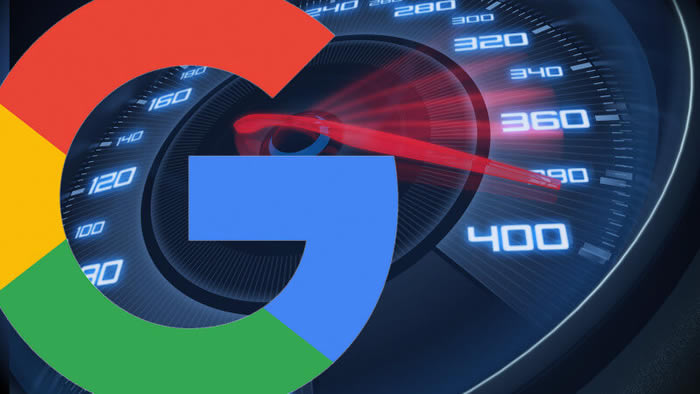Ranking Speed on Mobile devices
The internet is an incredibly large resource of information, from a desktop in the office this is easy to access, nowadays it is also easy to access the information from a mobile smartphone or tablet. However, on mobile speed of access becomes critical as the person on the move usually wants the answer immediately, in addition to that in many countries cost of data is also important. So due to the number of people using mobile devices to access information (60% of searches at last check), Google has now decided that website speed will be a ranking factor as it definitely affects user experience.
What Google says
People want to be able to find answers to their questions as fast as possible — studies show that people really care about the speed of a page. Although speed has been used in ranking for some time, that signal was focused on desktop searches. Today we’re announcing that starting in July 2018, page speed will be a ranking factor for mobile searches.


Recent Comments